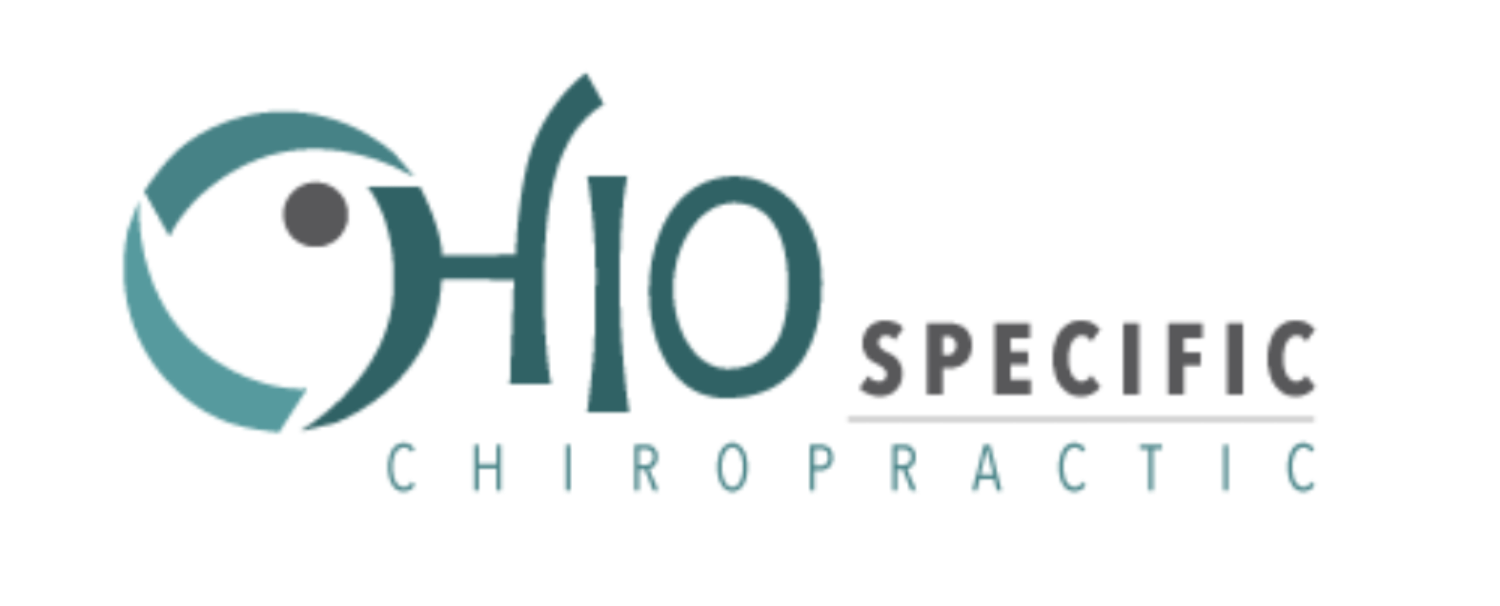Trigeminal Neuralgia and the Upper Cervical Spine
In the upper cervical spine, there are four main structures to focus on. They are:
The Foramen Magnum of the Occipital bone
The Atlas vertebra (1st cervical bone)
The Axis vertebra (2nd cervical bone)
The Brainstem of the Nerve System.
The Brainstem exits from the Foramen Magnum. The Atlas and Axis bones protect and surround the Brainstem. The brainstem connects all the nerves from the brain to the nerves of the body.
Regarding Trigeminal Neuralgia, the secondary focus is on the Trigeminal nerve.
The Trigeminal nerve comes out of the skull close to the foramen magnum. The Trigeminal nerve is a unique and complex nerve with 3 main branches. They are the Ophthalmic, Maxillary and Mandibular branches.
The Ophthalmic branch supplies function to the eyeball, the skin of the upper face and scalp, nasal cavity, and skull.
The Maxillary branch supplies function to the upper jaw, nasal cavity, sinuses, and the roof of the mouth.
The Mandibular branch supplies function to the muscles of mastication (chewing muscles), cheek, tongue, lower jaw (chin), throat and part of the ear.
The Nerve System in general does four main things:
It controls all the movements we make
Senses everything we feel
Regulates all our body organs
Relates us to the outside world
When nerves get stressed, it effects their sensitivity, perception and behavior. There are three types of stresses we deal with in life. The stresses are physical, chemical and emotional in nature. These stresses create nerve tension and spine imbalance.
One specific job of the brainstem is to adapt these stresses and help bring the spine back into balance. If the stresses are too great for the brainstem to adapt, compensations arise. One particular compensation that occurs in the upper cervical spine is a vertebral subluxation.
A vertebral subluxation will cause the Atlas and Axis bones to get locked in a misaligned position. This lock will perpetuate spine imbalance and Nerve System tension. This tension will lead to abnormal sensitivity, perception and behavior of the brainstem and connecting nerves. Nerve System function is disrupted.
Over time, this disruption can lead to symptoms. The usual symptoms of Trigeminal Neuralgia are:
Severe, shooting, electric shock type of pain.
A constant aching, burning feeling.
Pain in cheek, jaw, teeth, gums, lips, or the eye and forehead.


